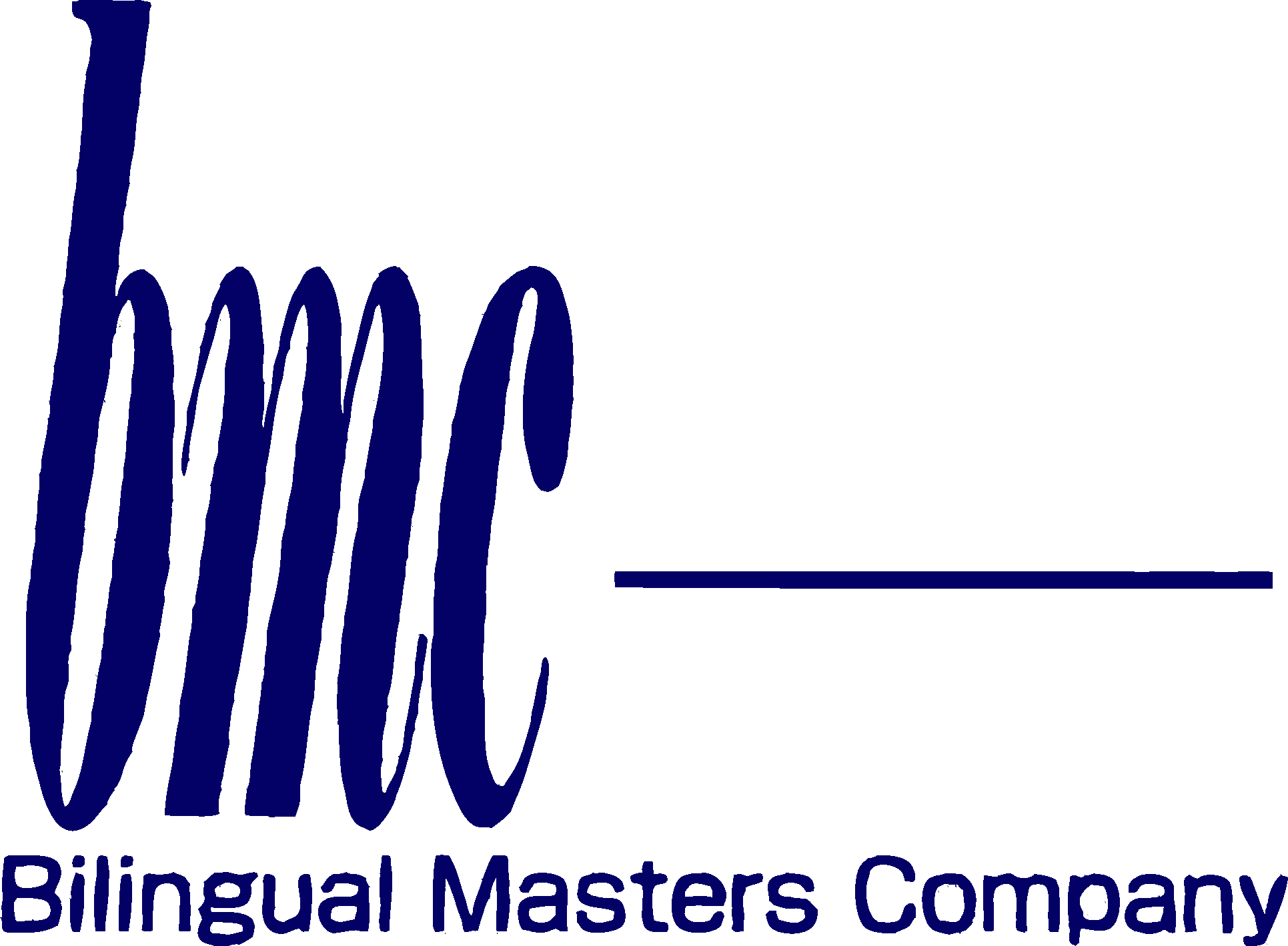Using 'there is' and 'there are'
Grammar explanation
Affirmative
We use there is to say that something exists or is in a place.
There is a bridge in the park.
We use there is for singular nouns and there are for plural nouns.
There is a restaurant in the station.
There are two cafés in the shopping centre.
We can say there's instead of there is. We often say this when we speak. But there is no short form for there are.
There is a restaurant in the station. > There's a restaurant in the station.
There are two cafés. > There're two cafés.
When we are speaking informally and make a list of things, we often use there is or there's instead of there are.
There's a café, a supermarket and a bus stop on my street.
(Instead of There are a café, a supermarket and a bus stop on my street.)
Negative
For negatives, we use there isn't or there's not (= there is not) for singular and there aren't (=there are not) for plural.
There isn't a pharmacy near the hotel.
There aren't any restaurants near the hotel.
We often use there isn't a + singular noun, there isn't any + uncountable noun and there aren't any + plural noun.
There isn't a café near here.
There isn't any milk.
There aren't any toilets in the park.
To show that the negative is important, we also often use there is no + uncountable noun and there are no + plural noun. (It is possible to use there is no + singular noun, but it's not as common.)
There's no milk.
There are no toilets in the park.
